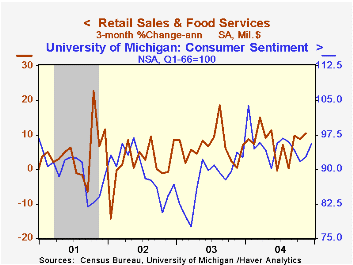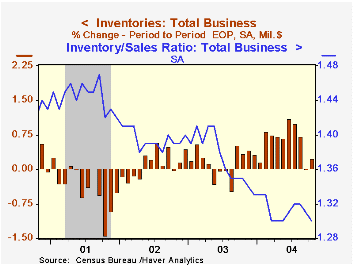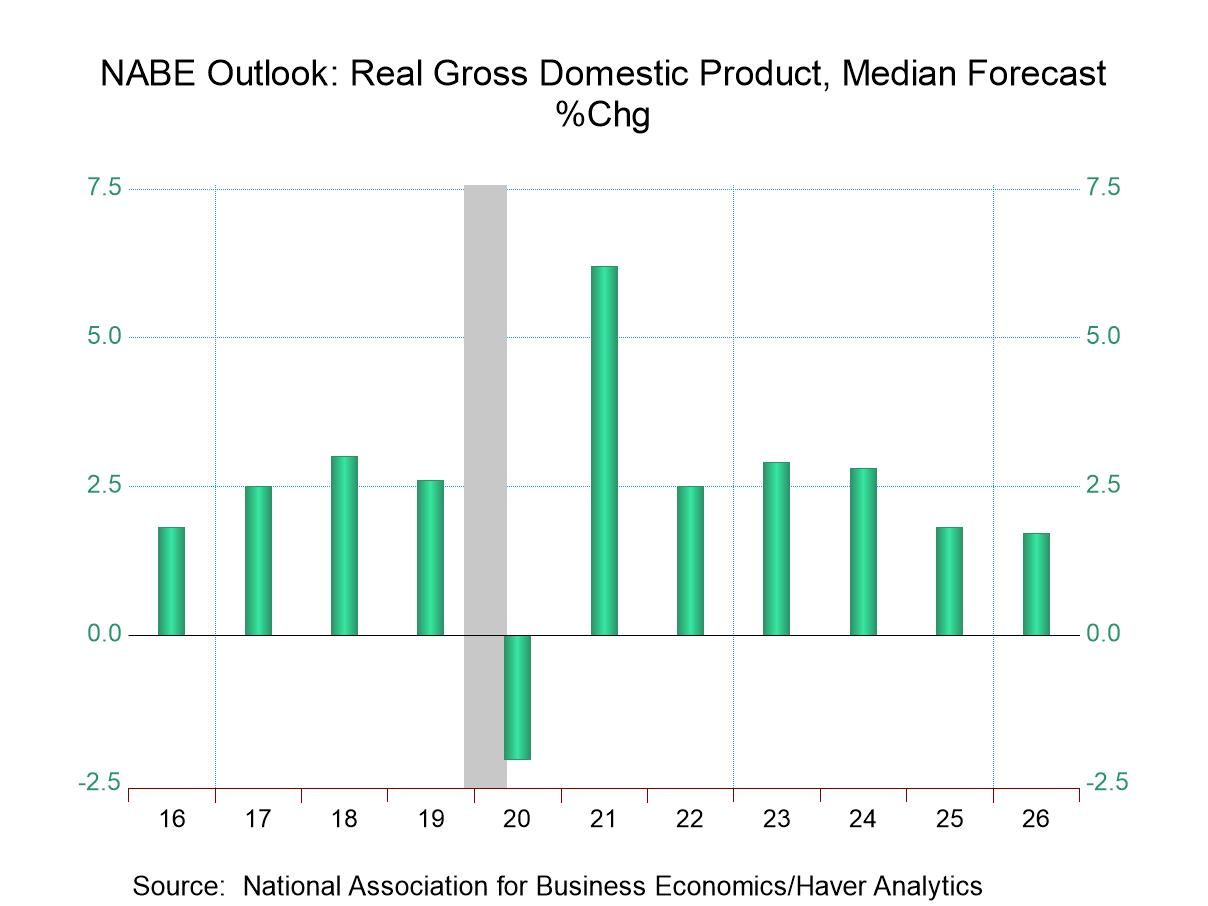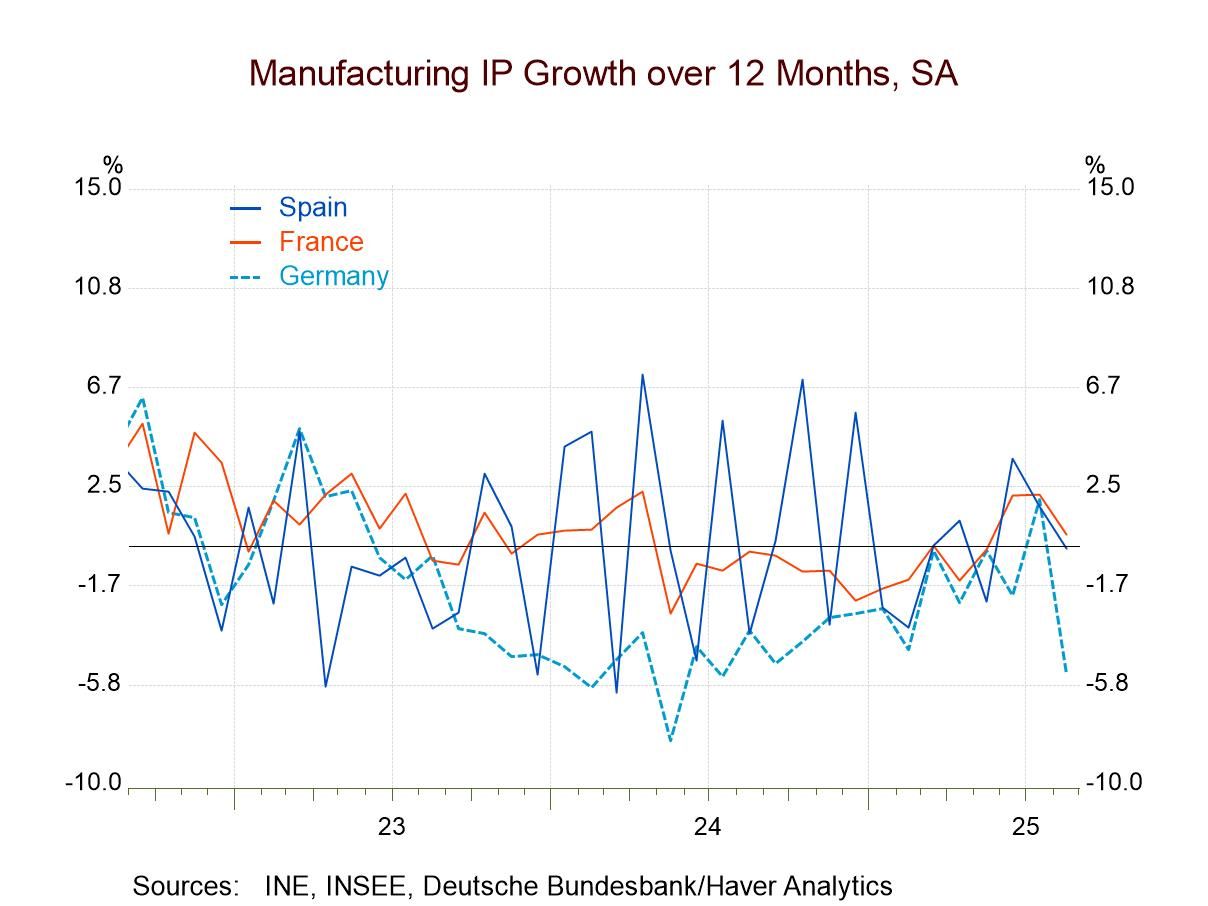 Global| Dec 13 2004
Global| Dec 13 2004U.S. Retail Sales Up
by:Tom Moeller
|in:Economy in Brief
Summary
US retail sales rose 0.1% in November versus expectations for a 0.1% decline and October sales were revised higher. In both months, total sales were held back by lower motor vehicle purchases which fell 1.3% in November for the third [...]

US retail sales rose 0.1% in November versus expectations for a 0.1% decline and October sales were revised higher. In both months, total sales were held back by lower motor vehicle purchases which fell 1.3% in November for the third decline in the last four months.
Sales excluding motor vehicles rose 0.5% following an upwardly revised 1.1% jump in October. Consensus expectations had been for a 0.3% rise. Little of the surprise reflected higher gasoline prices which raised sales at gasoline service stations by 1.0% (24.0% y/y) after a 5.3% spike in October. Nonauto retail sales less gasoline also rose 0.5% (7.0% y/y). Gas prices this month look to be down roughly 5% from last.
Building materials, garden equipment & supply dealers' sales rose 1.1% (12.8% y/y) following an upwardly revised no change in October. Less sales of building materials, nonauto retail sales rose 8.1% during the past year.
Moderate gains were logged in the discretionary spending categories. Sales at general merchandise stores rose 0.4% (6.7% y/y) following an unrevised 0.9% October increase. Sales of furniture/home furnishings & electronics/appliances rose 0.5% (4.6% y/y) after an upwardly revised 0.3% rise the month earlier but clothing & accessory store sales slipped 0.1% (5.0% y/y) following the downwardly revised 2.4% October surge.
| Nov | Oct | Y/Y | 2003 | 2002 | 2001 | |
|---|---|---|---|---|---|---|
| Retail Sales & Food Services | 0.1% | 0.8% | 7.2% | 5.3% | 2.5% | 3.1% |
| Excluding Autos | 0.5% | 1.1% | 8.6% | 5.2% | 3.2% | 3.1% |
by Tom Moeller December 13, 2004

Total business inventories rose 0.2% in October following a downwardly revised, slight decline in September.
Wholesale inventories jumped 1.1%. During the last ten years there has been a 63% correlation between the y/y change in wholesale inventories and the change in imports of merchandise.
Retail inventories fell another 0.6% as motor vehicle inventories fell sharply for the second consecutive month, down 2.3% (+7.9% y/y). Non-auto retail inventories advanced 0.3% but meaningful gains were limited to building materials (+15.7% y/y) and food (2.7% y/y). Elsewhere, inventories of furniture & home furnishings (+2.5% y/y) fell for the second consecutive month. Apparel inventories rose 0.1% (1.3% y/y) and general merchandise inventories fell 0.1% (+3.2% y/y).
Overall business sales surged 1.2% (+11.0% y/y) driven by the 1.2% spike in factory shipments (10.6% y/y).
The ratio of inventories-to-sales fell back to the historic low of 1.30.
| Business Inventories | Oct | Sept | Y/Y | 2003 | 2002 | 2001 |
|---|---|---|---|---|---|---|
| Total | 0.2% | -0.0% | 7.1% | 1.9% | 1.5% | -4.5% |
| Retail | -0.6% | -0.5% | 5.9% | 4.9% | 6.0% | -2.8% |
| Retail excl. Autos | 0.3% | 0.1% | 4.8% | 3.0% | 2.6% | -1.1% |
| Wholesale | 1.1% | 0.6% | 10.6% | 2.2% | 0.4% | -4.5% |
| Manufacturing | 0.5% | 0.1% | 5.9% | -1.3% | -1.8% | -6.1% |
Tom Moeller
AuthorMore in Author Profile »Prior to joining Haver Analytics in 2000, Mr. Moeller worked as the Economist at Chancellor Capital Management from 1985 to 1999. There, he developed comprehensive economic forecasts and interpreted economic data for equity and fixed income portfolio managers. Also at Chancellor, Mr. Moeller worked as an equity analyst and was responsible for researching and rating companies in the economically sensitive automobile and housing industries for investment in Chancellor’s equity portfolio. Prior to joining Chancellor, Mr. Moeller was an Economist at Citibank from 1979 to 1984. He also analyzed pricing behavior in the metals industry for the Council on Wage and Price Stability in Washington, D.C. In 1999, Mr. Moeller received the award for most accurate forecast from the Forecasters' Club of New York. From 1990 to 1992 he was President of the New York Association for Business Economists. Mr. Moeller earned an M.B.A. in Finance from Fordham University, where he graduated in 1987. He holds a Bachelor of Arts in Economics from George Washington University.






